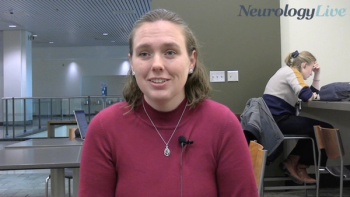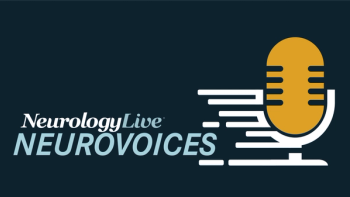
AAV2-BDNF Gene Therapy Restores FDG-PET Activity in Entorhinal Cortex, Phase 1 Data Show
Key Takeaways
- AAV2-BDNF gene therapy shows promise in preventing neuronal loss and restoring synapses in mild Alzheimer's disease and mild cognitive impairment.
- MRI-guided injections into the entorhinal cortex increased cortical metabolism, reversing typical decline patterns in Alzheimer's disease.
AAV2-BDNF gene therapy shows promise in reversing cognitive decline in early Alzheimer's, enhancing neuronal function and safety in initial trials.
Findings from a small-scale, phase 1 trial (NCT05040217) of patients with mild Alzheimer disease (AD) and mild cognitive impairment (MCI) revealed potential benefits of an AAV2-brain derived neurotrophic factor (BDNF) gene therapy to prevent neuronal loss, activate neuronal function, and restore synapses.1
Presented at the
Led by Mark H. Tuszynski, MD, PhD, a neurologist at the University of California, San Diego Health, the trial has treated 6 of the 12 included patients thus far, with the MCI cohort beginning treatment soon. To date, the time of treatment on AAV2-BDNF has ranged from 1 to 18 months, with no serious adverse events observed related to the study procedure. Overall, investigators concluded that the gene therapy has been safe to this point, and shows an ability to restore FDG-PET activity in the treated entorhinal cortex region.
There are very few approaches currently in the pipeline that specifically focus on BDNF. The thought is that the BDNF gene therapy is infused into the entorhinal cortex, where BDNF protein is produced and transported to the hippocampus. There, BDNF protein protects brain cells, promotes connections between cells, and improves memory. This first-in-human trial, conducted at the University of California, San Diego, was approved by the FDA and the UC San Diego Human Subjects Safety Committee.
READ MORE:
The phase 1 study comprised individuals aged 50 to 80 with either mild AD (MMSE, 22-28) or MCI due to AD (MMSE, 24-29). Coming into the study, participants had to show no significant cerebrovascular disease, have stable permitted medications, and demonstrate no depression per GDS-30. EEGs must have been free of epileptiform activity, and recent brain imaging should have been free of significant lesions.2
Exclusion criteria included any significant neurological condition aside from early AD, major psychiatric illness within the past 2 years, substance abuse, recent cancer, or unstable systemic diseases that could interfere with participation. Specific medication restrictions apply, including recent use of neuroleptics, corticosteroids, long-acting sedatives, anti-Parkinsonian agents, and centrally acting beta-blockers. Participants cannot have undergone prior gene therapy, received anti-amyloid monoclonal antibodies within one month of treatment, or used investigational drugs within 30 days. Those with MRI contraindications or who are unlikely to comply with the protocol are also excluded.
AAV2-BDNF gene therapy represents a neurorestorative approach to AD–focusing not on amyloid or tau, but on repairing neuronal networks and preserving cognitive function by restoring a critical growth factor. To date, preclinical studies in rodent and primate models have shown improved memory, reduced neurodegeneration, and increased synaptic markers following AAV2-BDNF treatment.
REFERENCES
1. Tuszynski MH, Scharre DW, Leger GC, et al. A Phase I Clinical Trial of AAV2-BDNF Gene Therapy for Alzheimer's Disease: Findings. Presented at: AAIC 2025; July 27-31; ABSTRACT 101305
2. A Clinical Trial of AAV2-BDNF Gene Therapy in Early Alzheimer's Disease and Mild Cognitive Impairment. ClinicalTrials.gov. Updated April 27, 2025. Accessed July 29, 2025. https://www.clinicaltrials.gov/study/NCT05040217
Newsletter
Keep your finger on the pulse of neurology—subscribe to NeurologyLive for expert interviews, new data, and breakthrough treatment updates.




















